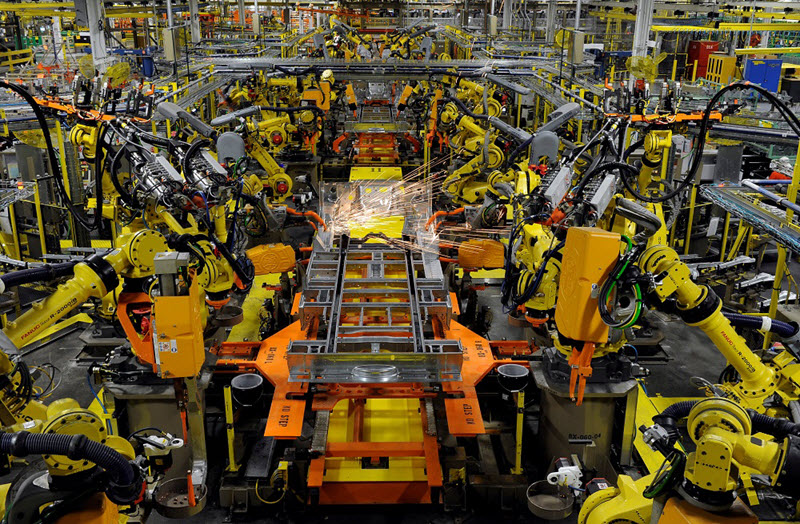Robotics is the most business focused environment in the world. Why? Because the only thing robots know and do is business, simply by virtue of their design and definition. Just imagine a robot walking along a street or watching TV for a leisure. It is an oxymoron. The ability to make something outside of business imperative is most important and fundamental ability distinguishing humans from machines.
Therefore, BPM language is the most natural and efficient language to interact with robots. Intentionally or arbitrarily, the world of robots has already shaped as a BPM world from very beginning. It is only matter of terminology to recognize it as such or devise another dedicated synonym. Of course, BPM notations tailored for robotic automation have their own specifics. But it is mere an issue of relevant notation, rather than principal applicability.
Management and control of robots is an exclusive field where BPM blossoms in its uncompromising clearness and unrivaled shine of perfection.
There always exists a discrepancy between a model of business process, however well designed and accurate, and real execution of this process in a business environment. The reason for this gap is an unforeseen depth and hidden details inherent to any real process. Real business model of organization is ultimately unlimited in its depth. Going from highest management levels, it descends to individual departments, client relations, production units, technical code of equipment and controllers etc. In vast majority of cases, it is impossible and senseless to build a complete model covering all and every fine detail of the business. Omitted lower layers of the model create (pseudo) random fluctuations during execution of the model. Real execution paths of a process never follow its model exactly. However, in case of the correct model, we can expect to see that an ensemble of execution paths statistically converges to the model as to its average path over a significant set of observation...
Comments
Post a Comment